How to Stream to Multiple TVs From a Single Source (Wireless & Wired)
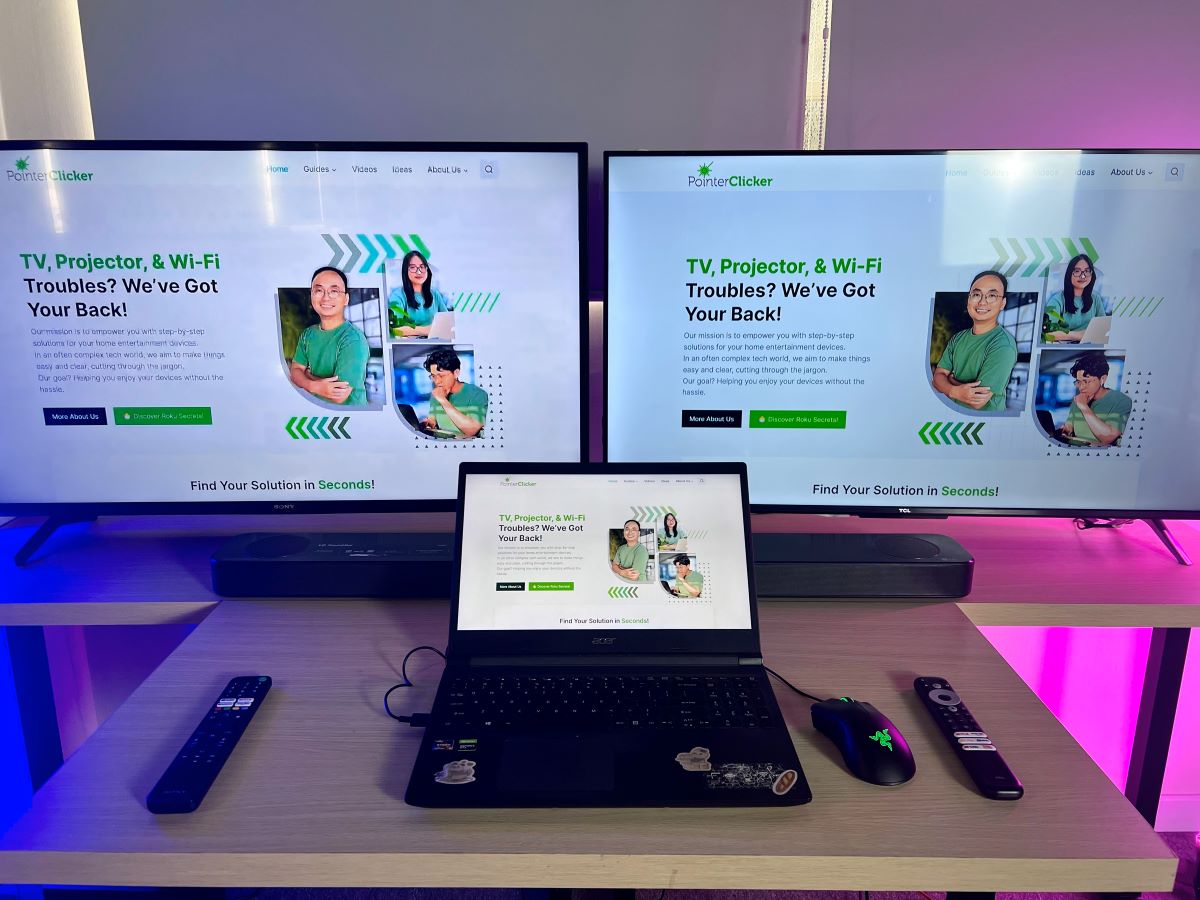
What To Know
- Using Chromecast devices, you can wirelessly stream from a laptop to multiple TVs by using the Chrome browser’s cast-screen feature.
- An HDMI splitter allows wired streaming from a single source to multiple TVs by connecting the source to the splitter’s input port and TVs to the splitter’s output ports.
- For optimal performance with HDMI splitters, consider the number of output ports, audio formats supported, and HDMI version compatibility; for Chromecast, ensure all devices are on the same network.
This post takes you through the two most reliable ways to stream content to multiple TVs using a single source, HDMI splitter for wired multiple mirroring and Chromecast to cast wirelessly.
Summary Table
| Solutions | Requirements | Steps |
| Using Chromecast |
|
|
| Using HDMI Splitter |
|
|
Quick Navigation
1. Using Chromecast
It is possible to stream content wirelessly to multiple TVs using a single source by using a Google Chromecast device or Chromecast extension built into your smart TV.
A Google Chromecast device is a small but powerful dongle plugged into any TV with an HDMI port. It is used to stream content from a laptop, tablet, or phone to your TV or projector.
The device is easy to use. You simply plug it in, connect it to your internet and start streaming. While streaming, you can hit play, pause, rewind, and even adjust the volume.
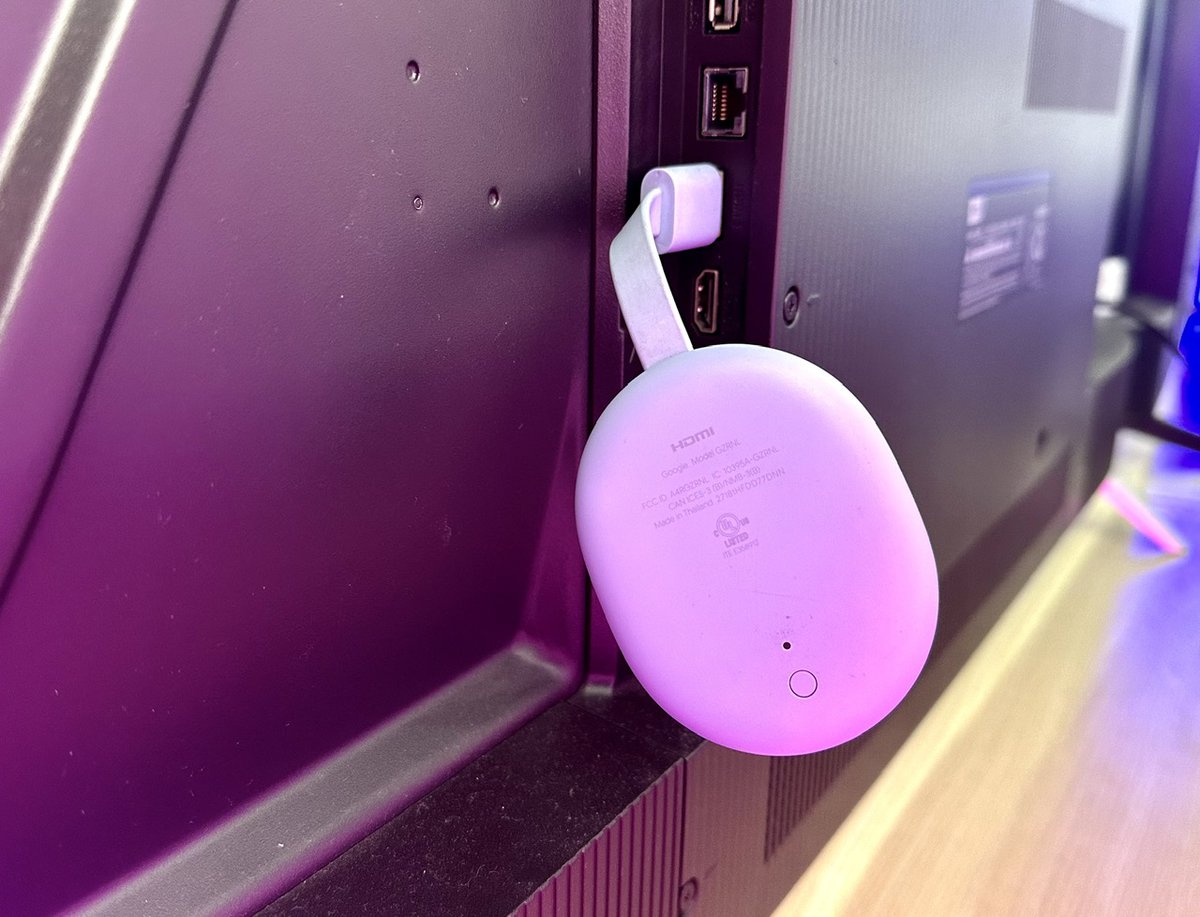
Unlike the HDMI splitter, there is no limit to how many TVs you can stream to. You can stream to as many as you wish. However, the more TVs you stream, the more processing power and data you will use, and therefore the slower the entire process will be.
The other thing you need to know is that all the TVs will have to connect to the same network for this to succeed.
The best part about using Chromecast is that you can cast the same or different content on the TVs.
How To Stream Content To Multiple TVs Using Chromecast Device
To stream to multiple TVs using Chromecast, you will need:
- A source device (laptop, streaming device, media box, etc.)
- HDMI cables
- TVs with Chromecast built-in or Chromecast dongle(s)
To demonstrate how to use Chromecast to stream to multiple TVs, I will use the laptop as my source, a Sony TV, and a TCL TV (both are built-in with Chromecast).
Step 1: Power on your TVs (in my case, they are a Sony TV and a TCL TV) or plug the Chromecast dongle(s) into your TV(s) and power them on. Make sure they’re all connected to the same Wi-Fi network.

Step 2: Install the Chrome Browser on the Laptop by going to this link, clicking to Download Chrome, and following along to set up the Chrome browser.
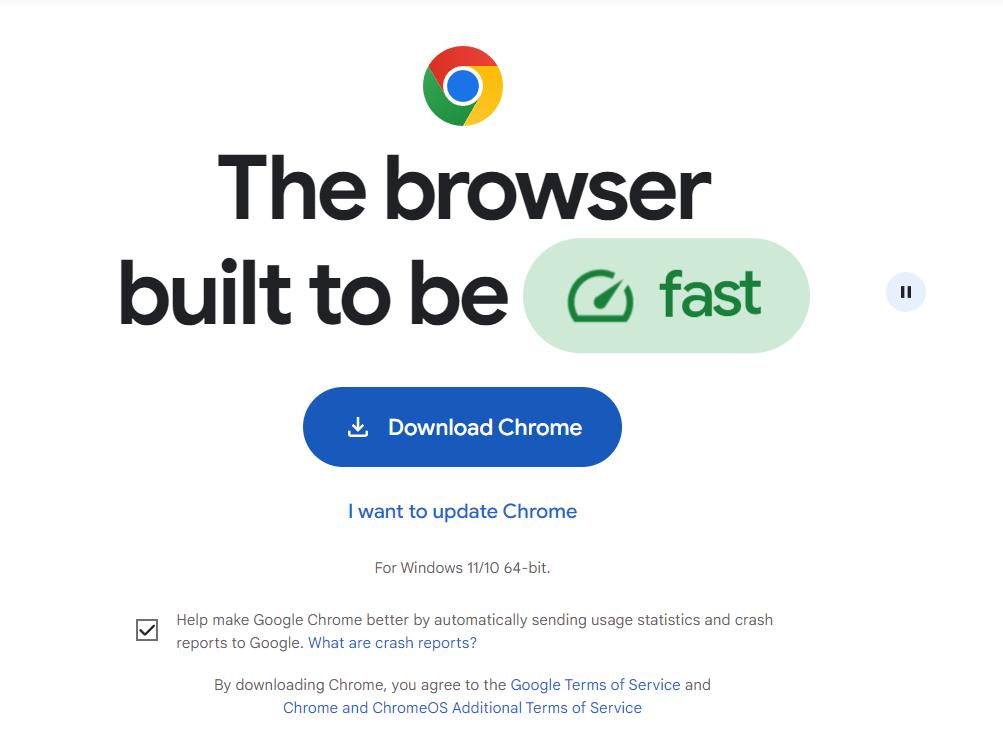
Step 3: Launch the Chrome browser on your laptop and choose your preferred profile (you can further customize it later).
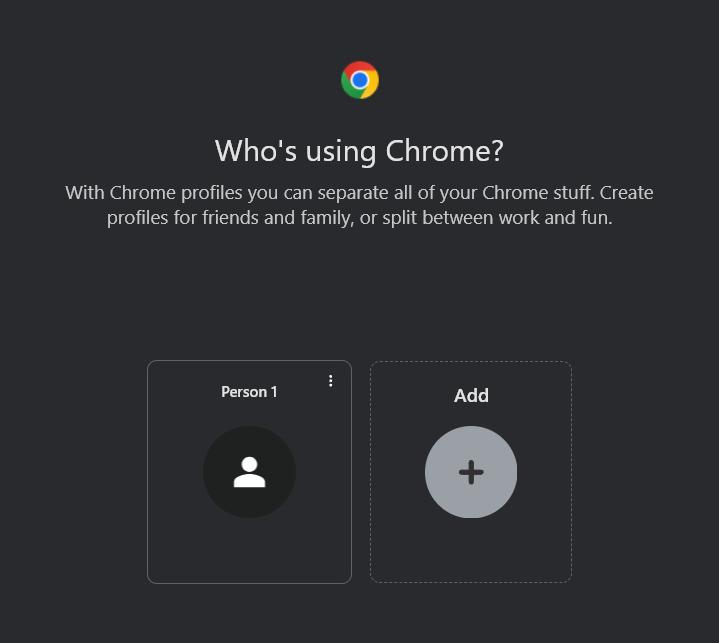
Step 4: Click the kebab menu at the top right corner, hover over Save and share before selecting Cast…
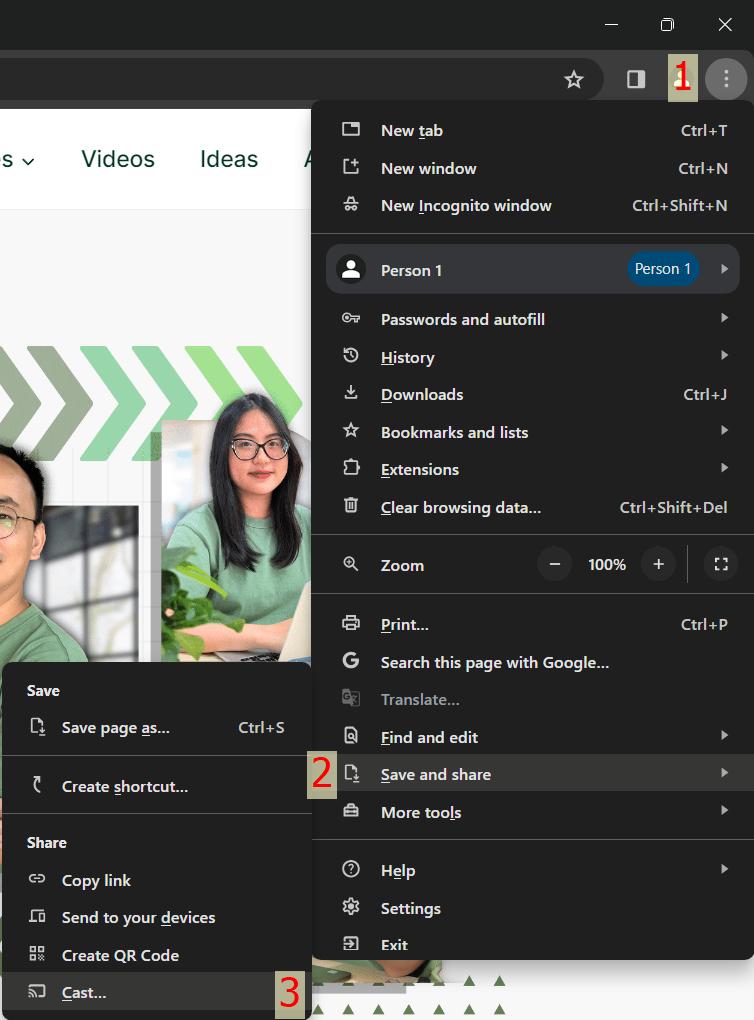
Step 5: In the Cast menu, click Sources, select Cast screen, and choose your first TV or Chromecast device.
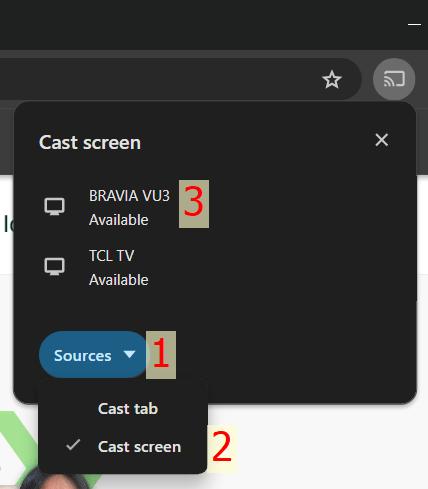
Step 6: Select your second TV or Chromecast device.

Step 7: Select the content you want to stream in the web browser; it will now display simultaneously on both TVs.
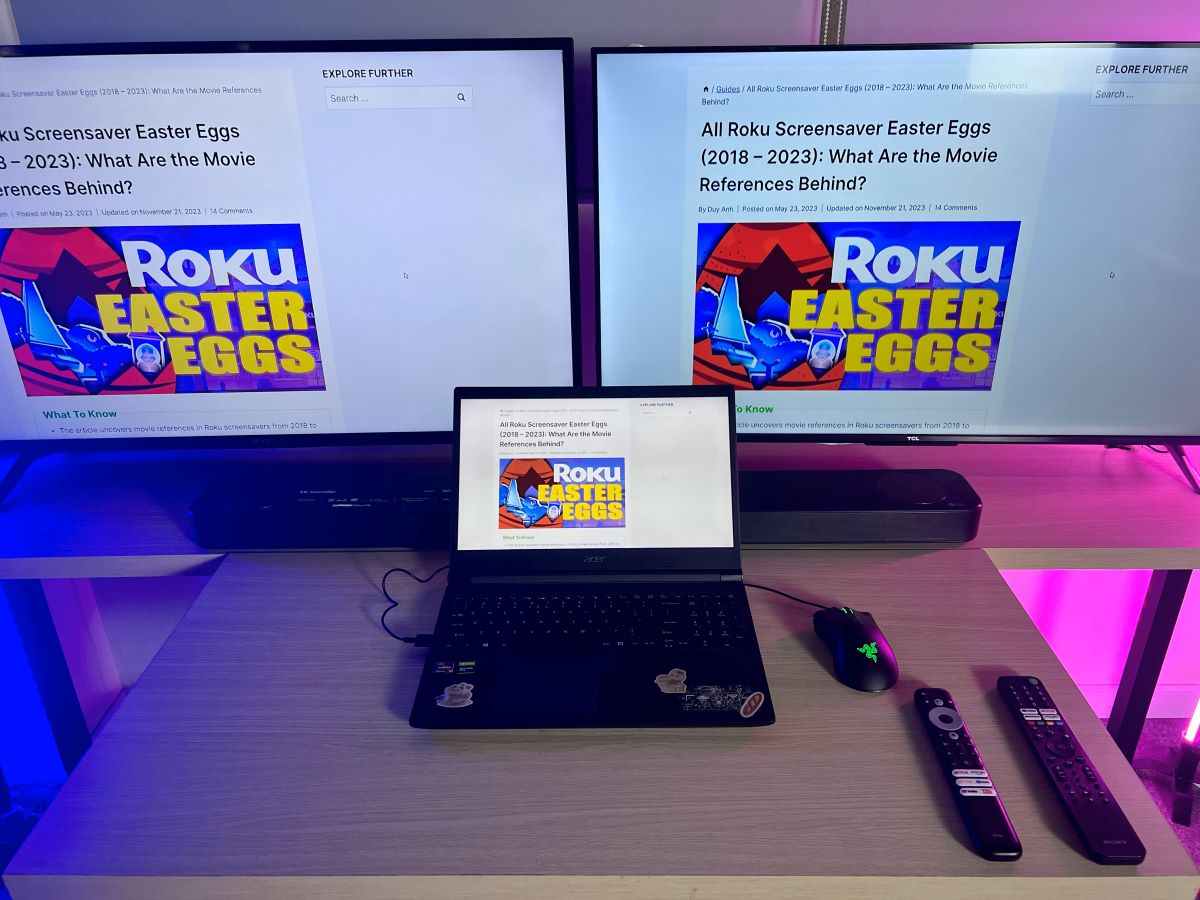
2. Using HDMI Splitter
An HDMI splitter is a device used to duplicate a single input signal into multiple outputs. It receives signals from a source device, splits them accordingly, and then sends them to multiple output devices simultaneously.
An HDMI splitter can be used to connect several TVs, for instance, in a restaurant or a bar. You can also use it to connect a source device to a TV and projector simultaneously. Or, in the case of a presentation, to multiple projectors.
(Paid Link.)
HDMI splitters can either be passive or powered. Passive splitters do not need to be plugged into a separate power feed. As the name suggests, powered splitters have to be connected to a separate power outlet.
Because digital signals require a lot of energy to split signals and channel them to separate HDMI streams, powered splitters seem to work way better than passive splitters. Passive splitters have been found to cause audio latency, the time lag between when an audio signal is transmitted and when it is actually received. Audio latency is more noticeable when watching videos.
Most HDMI splitters have a single HDMI input on one end and several HDMI outputs on the other.
HDMI splitters work with any device that supports HDMI and can have as many as sixteen output ports.
How To Stream To Multiple TVs Using An HDMI Splitter
To stream to multiple TVs using an HDMI splitter, you will need:
- A source device (laptop, streaming device, media box, etc.)
- HDMI cables
- An HDMI splitter
- TVs
In this guide, I’ll be demonstrating how to mirror content from my Windows laptop onto two different TV screens – specifically, a Samsung TV and a TCL Roku TV. The goal is to share the laptop’s display seamlessly across these two TVs at the same time.
Step 1: Provide all of the devices in the setup with stable power, and turn them on.
Step 2: Use an HDMI cable to connect the laptop’s HDMI port to the splitter’s HDMI INPUT port.
Step 3: Use two other HDMI cables to connect the Samsung TV and Roku TV’s HDMI ports to the splitter’s HDMI Output ports
Step 4: Switch the TVs’ inputs to the splitter-connected ports.
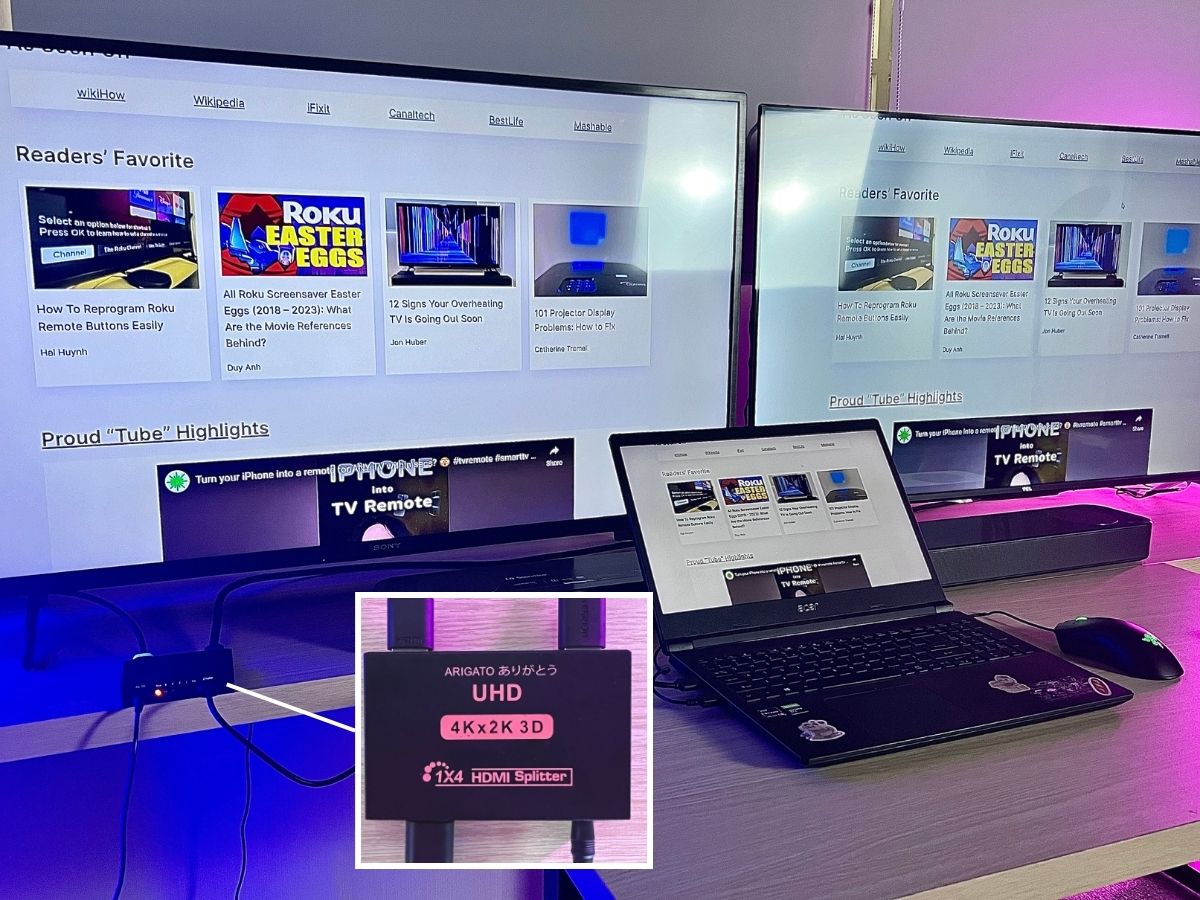
Finding The Right HDMI Splitter
The success of your streaming will depend on whether or not you find the right splitter box. There are countless splitter boxes in the market that it can be overwhelming to choose so here are a few things to keep in mind when shopping for one:
- The most basic splitter box type is the 1×2, which means it streams to 2 TVs. Others stream to 3 TVs, 4 TVs, 8 TVs, and 16 TVs. The more the output ports, the more costly the splitter box.
- Some splitters come with extras such as 3D capability and 4K resolution. These extras bump up the cost.
- Check the audio formats supported before making a purchase.
FAQs
Can I Stream to Multiple TVs Using DisplayPort Splitter?
Unfortunately, streaming to multiple TVs using a DisplayPort splitter is not possible because there is no TV equipped with DisplayPort inputs.
This topic is explored in greater detail in this article, which you can refer to for more in-depth information.
Can I Use S-Video/RCA to Stream to Multiple TVs?
The straightforward answer here is no.
There are a couple of reasons for this. First, not every TV model supports S-Video and RCA connections.
And second, there aren’t any splitters available that would allow you to broadcast from a single source to multiple TVs using S-Video or RCA.
Duy Anh is a seasoned technical editor specializing in helping readers troubleshoot TV, projector, and Wi-Fi issues. He’s always been drawn to logical problem-solving. His ability to approach matters from various angles with a neutral mindset enhances his technical expertise.



This is Inaccurate – You cannot cast to two devices at the same time – I tried it and would not let me choose 2 – when choosing the second one the first one would stop casting